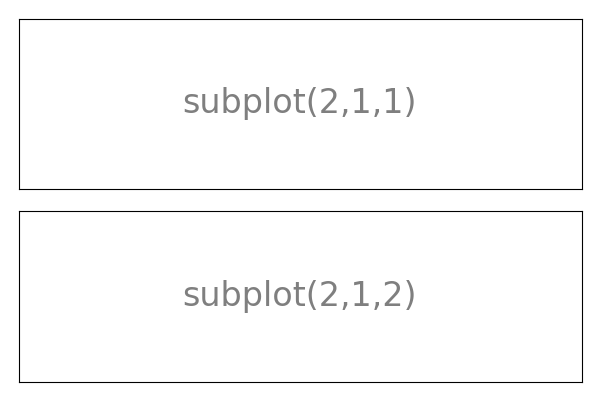

When we hear Morpheus tell Neo about the prophecy of The One in the first film then, we are meant to be hearing a lie that Morpheus believes, as this and all other scenes in the film were initially written with the idea in mind that really, all along, there were 5 Predecessor Ones before Neo.
WHATS A SUBPLOT MOVIE
This means that the writer-directors intended to make viewers of the first movie believe the false story of The One, only to then reveal the true story to them in the sequels. Per the continuously perpetuated Master Plan discourse, the revelation of the “true” history of The One was always intended to occur at the end of the second film, in turn leading to the events of the third, even before the first movie came out. What I want is to emphasize how – alongside other plot points in the sequels – this twist was and continues to be sold to the audience on the extratextual level as a natural preplanned extension of the first movie’s narrative.

Īt the moment, I am not interested in examining the particulars of the predecessor twist. The third film, Revolutions, then sees Neo attempt to break out of the seemingly endless cycle repeated by his 5 Predecessors. And rather than being destined to liberate mankind, The One was merely a participant in another system of mankind’s control by the Machines. In reality, Neo wasn’t the second incarnation of The One but the sixth. The Matrix Reloaded revealed that much of what the first film had established about The One was a lie. However, the sequels fundamentally revised the very concept of The One, rendering the canon established the first movie as apocryphal history. To briefly recap, the plot of The Matrix revolved around the idea that its main protagonist Neo was the second coming of a God-like being known as “The One.” According to a prophecy, The (Second) One was supposed to bring about the destruction of the Matrix, thus ending the reign of the Machines over humankind, an event that begins in earnest at the end of the movie. Zach Staenberg, Interview by Andrea Van Hook, 1 Jan. “The Matrix movies are a true trilogy, not sequels… They’re designed to be viewed and thought about as one continuing storyline. These scenes directly contradict what I will term as the “Predecessor Twist” central to The Matrix Sequels. The biggest piece of evidence that the sequels’ narrative was mostly the result of retroactive revision lies in a pair of seldom-mentioned scenes that were shot but deleted from the final cut of The Matrix.

This is not to say that there has not necessarily ever been a plan or plans for sequels when the first film was made, but rather that such plans can and often do change organically in the course of storytelling.
WHATS A SUBPLOT SERIES
I would argue that claims of the series adhering to a master plan have been highly exaggerated and the resulting narrative has obscured the reality of how and why the sequels ultimately turned out the way they did story-wise. From this perspective, the first Matrix was not designed as a standalone movie but rather as the first third of a preconceived three-part epic. This claim has been repeated extensively in interviews and behind-the-scenes documentaries, in articles and thinkpieces, helping foster the impression that everything that appears on-screen in Reloaded and Revolutions had been conceived in advance, as though nothing had to be invented for them. If you’ve ever been a fan of The Matrix series, you’ve probably heard on at least one occasion a variation of the claim that the first three films were always envisioned as a trilogy and/or that the sequels were made primarily because its writer-directors, The Wachowskis, had always intended to tell a bigger overarching story. James McTeigue, Interview by REDPILL, August 2002 It’s not like they made the first one then thought they better write something more. “The advantage of these films from the outset is that they’ve been envisaged as a trilogy. There was a more of a gradual segue from Cypher criticizing what Morpheus had told Neo about his intentions to advising Neo about the Agents. The scene was originally longer, with Cypher revealing to Neo that he is the Sixth Guy Morpheus believed to be The One. Screencap: Cypher enjoys a drink with Neo.


 0 kommentar(er)
0 kommentar(er)
